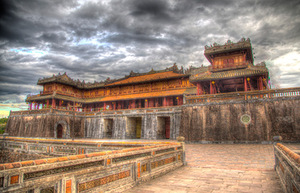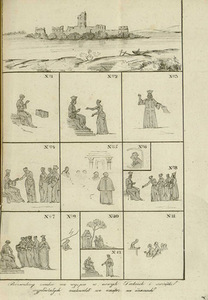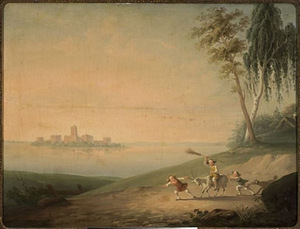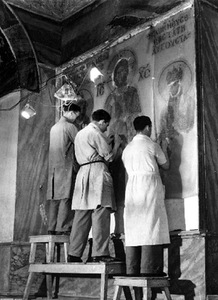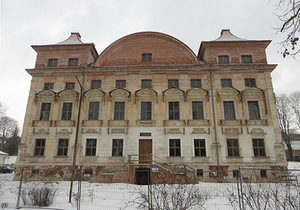Rebuilding and restoring historical architecture (Part II) 13
In brief: The continuation of the article series on rebuilding and restoring historical architecture. Trakai Castle restoration was not limited to the rebuilding of the brick walls - the research on the surviving frescoes required a more intense supervision. The sources indicate that Trakai Castle interior was a combination of different styles that were prevalent in the territory of the Grand Duchy of Lithuania.
Although religious painting was flourishing in the Middle Ages, castles often chose secular scenes. For example, Sicilian kings' palace mosaics depict various beasts and hunting scenes; in other Italian castles we can find love or battle scenes. Thus, although Trakai frescoes' themes are secular, the painting clearly shows the Byzantine influence. Unfortunately, the frescoes did not survive to our days, obviously highlighting society's short-sighted approach to culture. Nonetheless, archaeological research and written sources indicate that there had been much more painting. There is hope that the remains of Byzantine painting are hidden behind the plaster of Trakai parish church walls.
The sad history of Trakai frescoes can be easily linked to the discovery of Hagia Sophia (Turkey) mosaics in the middle of the 19th century. Hagia Sophia was built in 532–537 but over time its interior was changing according to the social dramas that took place in the empire. Often some mosaics were removed or modified.
The focus on culture in Lithuania intensified in recent decades. This is reflected in the rebuilding of the Sapieha Palace in Vilnius. The owner of Antakalnis palace Kazimieras Jonas Sapiega (Sapieha) (1637–1720) created the estate with a royal swing, radically changing the traditional structures.
The palace turned into ruins when during the mid-19th century reconstructions the roof was removed, the floor was dismantled and molding was taken off the walls and ceilings. In 1809, under the order of the governor-general, the palace and its surrounding territory was turned into a war hospital. In 1812 it also included the French military hospital that contributed to the even greater devastation of the palace.
During the Soviet period, the territory of Sapieha Palace and Trinitatian monastery was closed, classified and made impossible to access for the employees of heritage preservation. In 2007 - 2008 with the support from the Lithuanian State Science and Studies Foundation the important step was taken in estimating the Sapieha Palace interior spaces and the structure of the plan.








